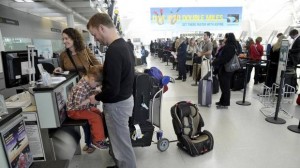Twitter is now facing lots of threats and weakness in the market. One of their threats is the existing competition, there are a lot of more appealing programs such us Whatsapp, Line, Snapchat, Facebook etc. An example is Whatsapp, which has 300 million active users while Twitter has 218 million. Twitter has been recently loosing money due to all this new innovative programs. First of all, people who sign up for twitter don’t really get or understand the meaning of it. Moreover, users don’t really know what are they suppose to post. Furthermore, twitter has been wasting their time on facing engineering problems that were crashing the network and they haven’t concentrate on what’s more important: innovation.
Although, the company haven’t succeeded as much as they would like, they are trying to improve their revenue streams and they are also trying to develop a more appealing network. Twitter has newly introduced new features to the web; they are now showing users suggestions of movies according to other users interests. They have also bought Vine and We are Hunted and now users can watch videos in Vine and find different types of music through We are Hunted. Additionally, the social web is already aligned with Apple in order to implant their services in mobile devices.

Overall, Twitter is trying to become more appealing for people and it’s also trying to create more profit by providing new services. In my opinion Twitter has to be even more innovative and develop a better techniques in order to have a competitive advantage among others.



